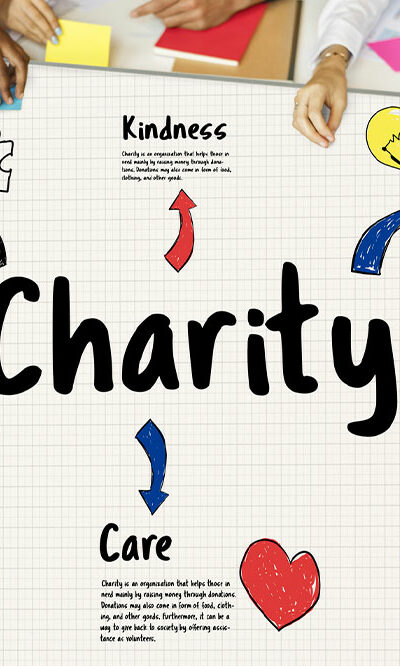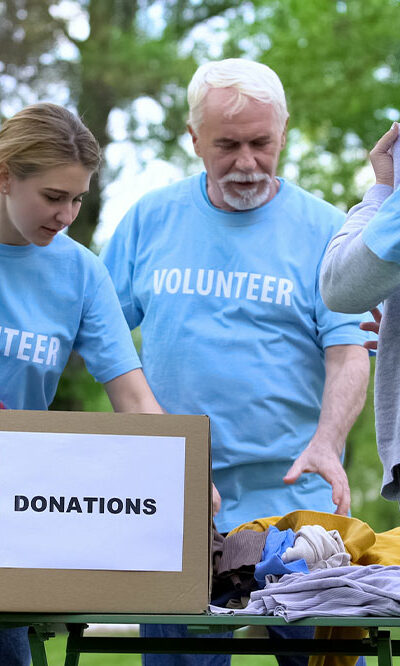
4 important benefits of giving back
Many studies indicate that one of the reasons people indulge in charitable work is because it makes them feel good. Most people think that this need to give is a moral duty toward society and that there is a social conscience behind this act. What is this power of giving back, and how does one understand it? This article lists some benefits of the psychology behind this act of kindness. Promotes social connection A number of studies done by sociologists indicate that giving to others can have immense benefits. When you give to others, your generosity will mostly be rewarded at some point in time. You will be rewarded by the person you helped or someone else. These exchanges of goodwill strengthen human relations and promote cooperation. Furthermore, we make others feel closer to us when we help them. This results in an improved sense of interdependence among society at large. Improves mood A number of studies have linked giving back with improved mood in general. One report indicated that people who do more or give back constantly tend to be more happier. Being generous over a period of time has been known to reduce stress levels too. Moreover, giving can positively impact a person’s self-esteem. Improves one’s sense of gratitude Giving can invoke a sense of gratitude in people. This sense of gratitude is known to elicit feelings of happiness and joy amongst people. In addition to that, giving can create strong social bonds. In fact, further study on the subject concludes that cultivating gratitude in everyday life has the potential to increase personal happiness. Physical health benefits Besides gratitude and happiness, giving back can have a number of health benefits. You experience lower blood pressure and lower stress levels when you give back. There has also been evidence to indicate that our bodies secrete “feel good” chemicals like serotonin and dopamine when we give.





